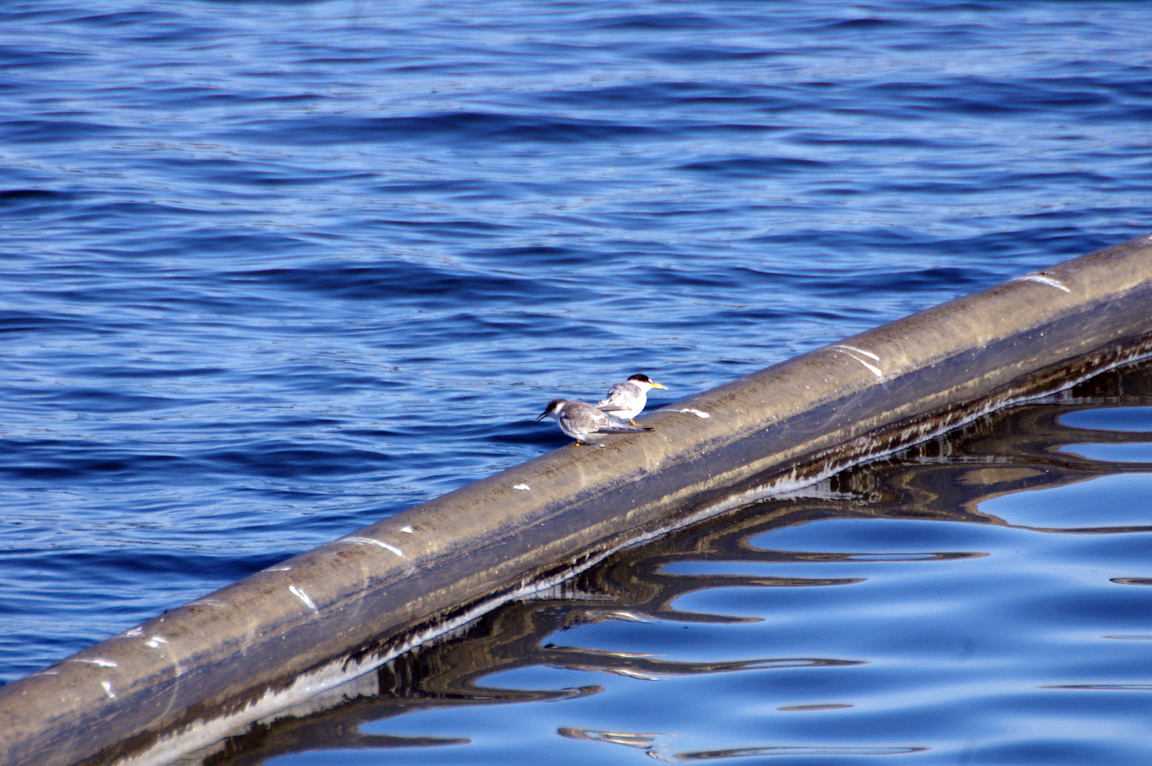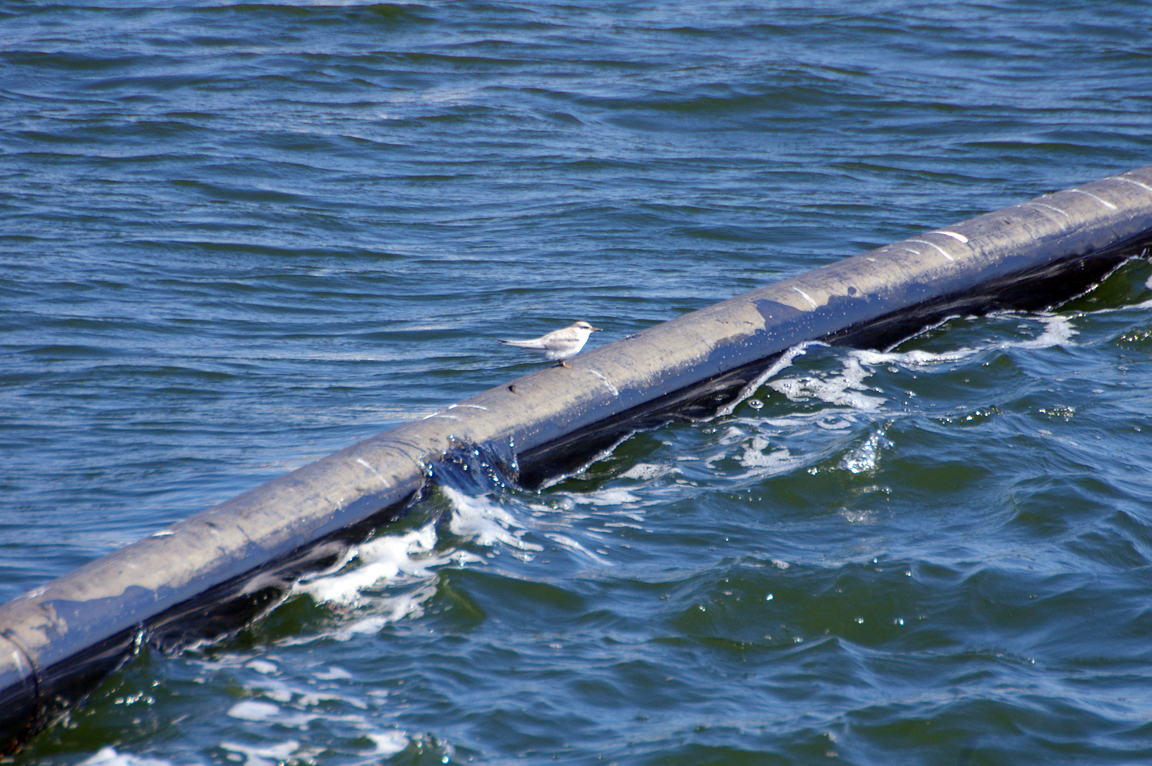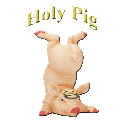|
|
|
 |
Least Tern
|
| Sterna antillarum | |
The smallest of American Terns, the Least Tern is found nesting on sandy beaches along the southern coasts of the United States and up the major river systems far into the interior of the continent.
Interesting Information
-
Least terns are the smallest member of the gull and tern family.
-
They prefer sandy beaches for nesting, but will use a flat gravel roof of a building. On sunny days the hot tar showing through the gravel can burn the feet of chicks or become stuck in their down.
-
Courtship typically takes place removed from the nesting colony site, usually on an exposed tidal flat or beach.
-
A group of least terns are collectively known as a "straightness" of terns.
Description
Adult Description
-
Length Range: 20-23 cm (8-9 in)
-
Weight: 43 g (1.5 oz)
-
Size: Small (5 - 9 in)
Small tern. During breeding, black cap ending at white forehead. Short white eyestripe. Bill yellow with black tip. Back light gray. Underside white. Black leading edge to wing. In nonbreeding plumage has black eyestripe extending to back of head, white top of head, and black bill.
Sex Differences
Sexes Similar
Immature
Juvenile with U-shaped marks across back. Immature resembles winter adult.

Photo taken from: The Sibley Field Guide by David Allen Sibley

© 2003 Cornell Lab of Ornithology
|
Habitat |
|
Seacoasts, beaches, bays, estuaries, lagoons, lakes and rivers, breeding on sandy or gravelly beaches and banks of rivers or lakes, rarely on flat rooftops of buildings. |
|
Behavior |
|
Plunges into water from flight; may hover briefly before plunging. |
|
Food |
|
Small fish. Some invertebrates. |
Taxonomy
| Kingdom: | Animalia |
| Phylum: | Chordata |
| Subphylum: | Vertebrata |
| Class: | Aves |
| Order: | Charadriiformes |
| Family: | Laridae |
| Subfamily: | Sterninae |
| Genus: | Sterna |
| Species: | Sterna antillarum |
| Subspecies: | Sterna antillarum antillarum |
| Sterna antillarum browni |
Similar Species |
|
Winter Black Tern has darker gray wings and tail. |
|
Bird Sound |
|
Alarm call a sharp "zwreep." Also a high-pitched "kee-zink, kee-zink." |
|
Eggs look like this |
|
Photo taken from: ARCTOS Collaborative Collection Management Solution |












